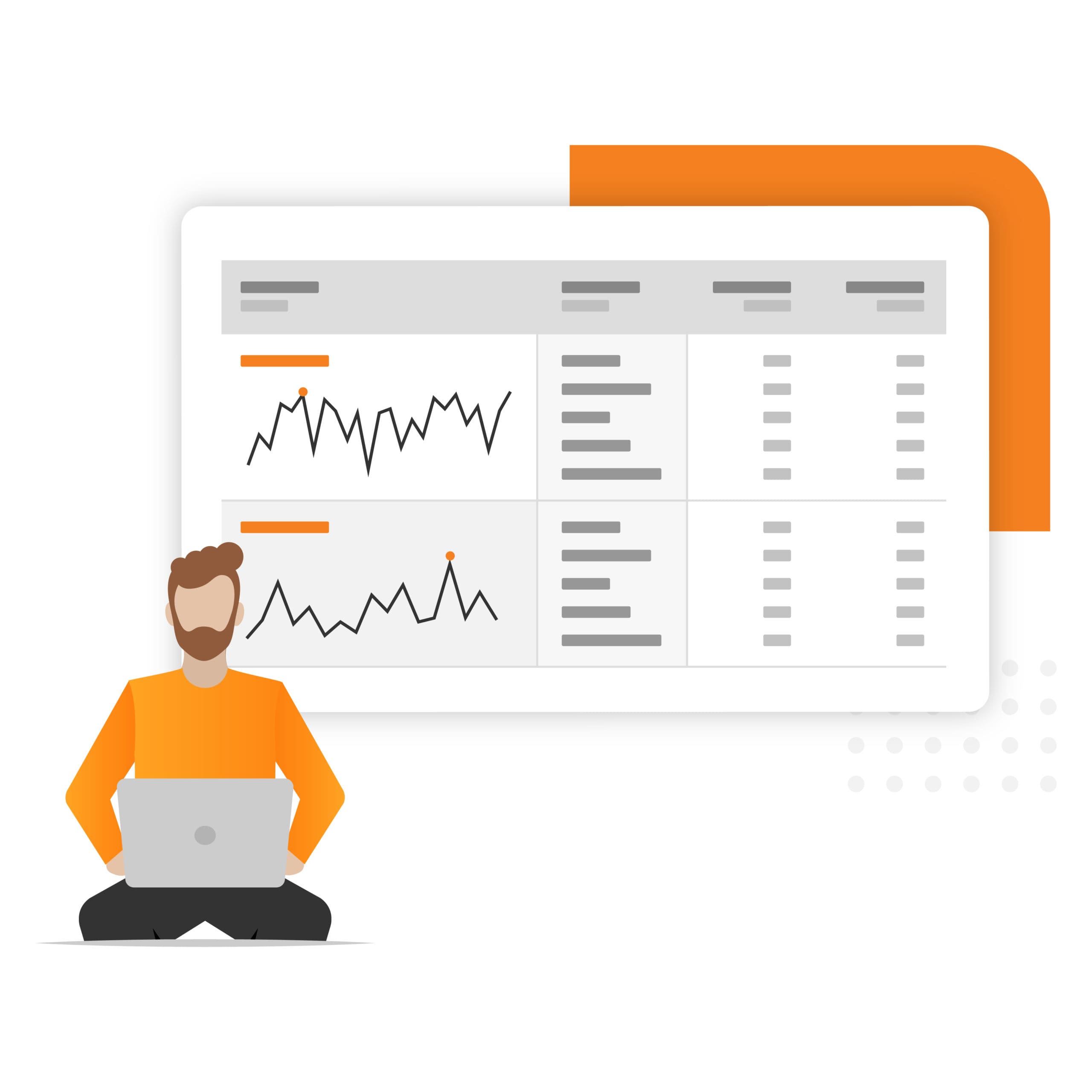Welcome back to our Bright Forecasting Ideas series!
Today our series continues with a face-off between Excel vs. advanced demand planning software. We’ll look at why companies that build the inventory forecast in spreadsheets can’t excel, the benefits of demand planning in the cloud, and how demand planning software gets organizations in top shape for growth.
Digital economies demand digital supply chains
According to Gartner’s Survey Analysis, overall revenue coming from digital commerce is increasing by 44% YOY. In another report shared by the Wall Street Journal, global ecommerce sales will hit $7 trillion by 2024, making up one-quarter of all retail sales, and will reach $10 trillion globally by 2027. Do you have demand planning tools that can accurately plan and fulfill inventory to capitalize on growth like this?
The digital boom has opened up virtually bottomless sales opportunities in the past year, for those operationally prepared to take them. Doing so will be difficult, if not impossible, for companies that still manage inventory in Excel spreadsheets or other manual ERP planning tools.
What’s wrong with spreadsheets?
Perfect customer experiences require forecasting processes that are fast, accurate, accessible and scalable. Spreadsheets provide none of those things.
If you think about it, the word spreadsheet is quite the fitting word to use with manual demand planning methods. Because “spread” is exactly what happens:
- Important data remains SPREAD OUT in silos, vs. readily available to people who need it
- Teams get SPREAD THIN, bogged down in tedious data exports and error-prone data manipulation
- Business risk SPREADS when associates make buying and replenishment decisions based on old or inaccurate information
Patchwork demand forecasting models, like spreadsheets and ERP bolt-ons, can only get you so far before costs, inefficiencies and mistakes, and missed sales opportunities catch up to you.
Demand planning in the cloud: why now?
Back when supply chain operations followed a more predictable pattern, historical demand was “good enough” to inform the forecast. Manual data exports between Excel and ERP were manageable-ish. Forecasting mistakes—while painful—did not put companies out of business. Today’s highly competitive, multi-channel market requires far more automation, speed, scale and adaptability.
Demand planning software gives inventory teams digital tools to easily adapt to market pressures that aren’t going away, like product shortages, cost increases, and new competitors, sales channels and fulfillment preferences. As these pressures magnify, so will the impact of forecast accuracy on your bottom line. For better or worse.
Enabling your teams with up-to-the-minute demand and supply intelligence, tied into the larger financial picture, can transform risk into competitive opportunity.
What is demand planning software and how does it work?
Demand planning software accurately predicts how much inventory the company will need, where and when, at any given time. When companies get supply and demand in balance, they can achieve optimal service levels with a leaner inventory and lower operational costs.
Purpose-built demand planning tools that use machine learning will outperform classic forecasting models any day of the week. These systems can spot patterns and trends in all types of data long before a human would. Advanced forecasting algorithms allow staff to automatically refresh demand data against sales trends and adjust inventory levels on the fly across large assortments by item, location and channel. Spreadsheets and ERP tools can’t hold a candle to the flexibility of systems like these.
For example, Deposco’s Bright Forecast demand planning application, allows users to generate forecasts from existing item historical data stored within Deposco’s Bright Suite platform. Or, they can import datasets with support for multiple data types. Having the option to apply different masking methods to manage data outliers is also very useful, particularly in forecasting peak season demand or in recovery situations from black swan events like the pandemic.
Benefits of demand planning software
The benefits of demand planning software are immediate and substantial:
- On-hand inventory reductions of +10%
- Massive labor efficiencies, typically saving 2-6 hours per worker, per day
- 30% reduction in out-of-stock rates
- Fewer backorders and less excess inventory
- Customer service level uplifts of 3-7%
- Increased sales, cash flow and profits
- Improved collaboration across business units
- Ability to sense and react faster to market fluctuations
One platform, one source of the truth
All-in-one supply chain solutions like Deposco Bright Suite incorporate demand planning applications into the platform for seamless and responsive decision-making. All stakeholders can view and interact with one version of the truth, as opposed to the “Game of Telephone” you get when floating around spreadsheets.
Users can generate, review and share forecasts using a common platform for supply chain planning and execution. Key metrics can be extracted securely on-demand, with up-to-the-minute reports that can be easily understood by all.
For example, Bright Forecast includes an approval system with notes and comments functionality that allows users to see which forecasts have been reviewed and approved, and which forecasts require more attention.
Seamless enterprise visibility ensures that strategies on the Finance, Marketing, Sales and Operations side can be supported on the supply/demand side with the best results.
Ready to scale and “excel” with forecasting?
We’re curious… can your ERP or spreadsheet-based planning method provide the speed, flexibility, collaboration and accuracy you need to scale?
- Can it quickly show what’s happening in your entire supply chain, and deliver actionable insights across business units to continuously drive growth?
- How easily can you plug demand and supply data into other areas of the business, like the warehouse, order management and fulfillment?
- Are you curious, too?
Talk with an expert about Bright Forecast demand planning software.
